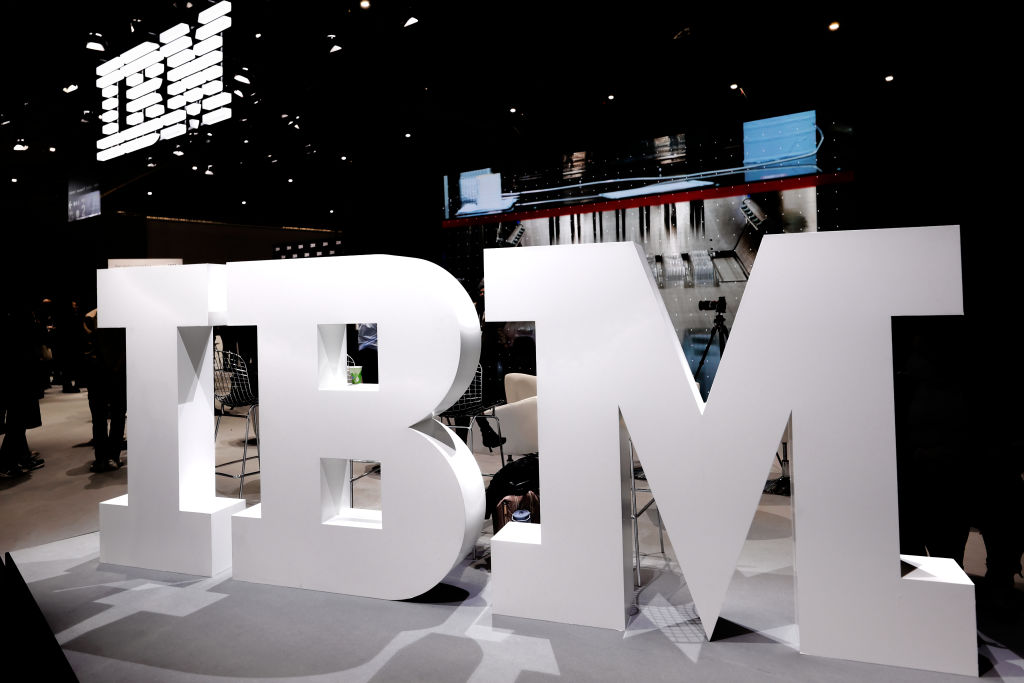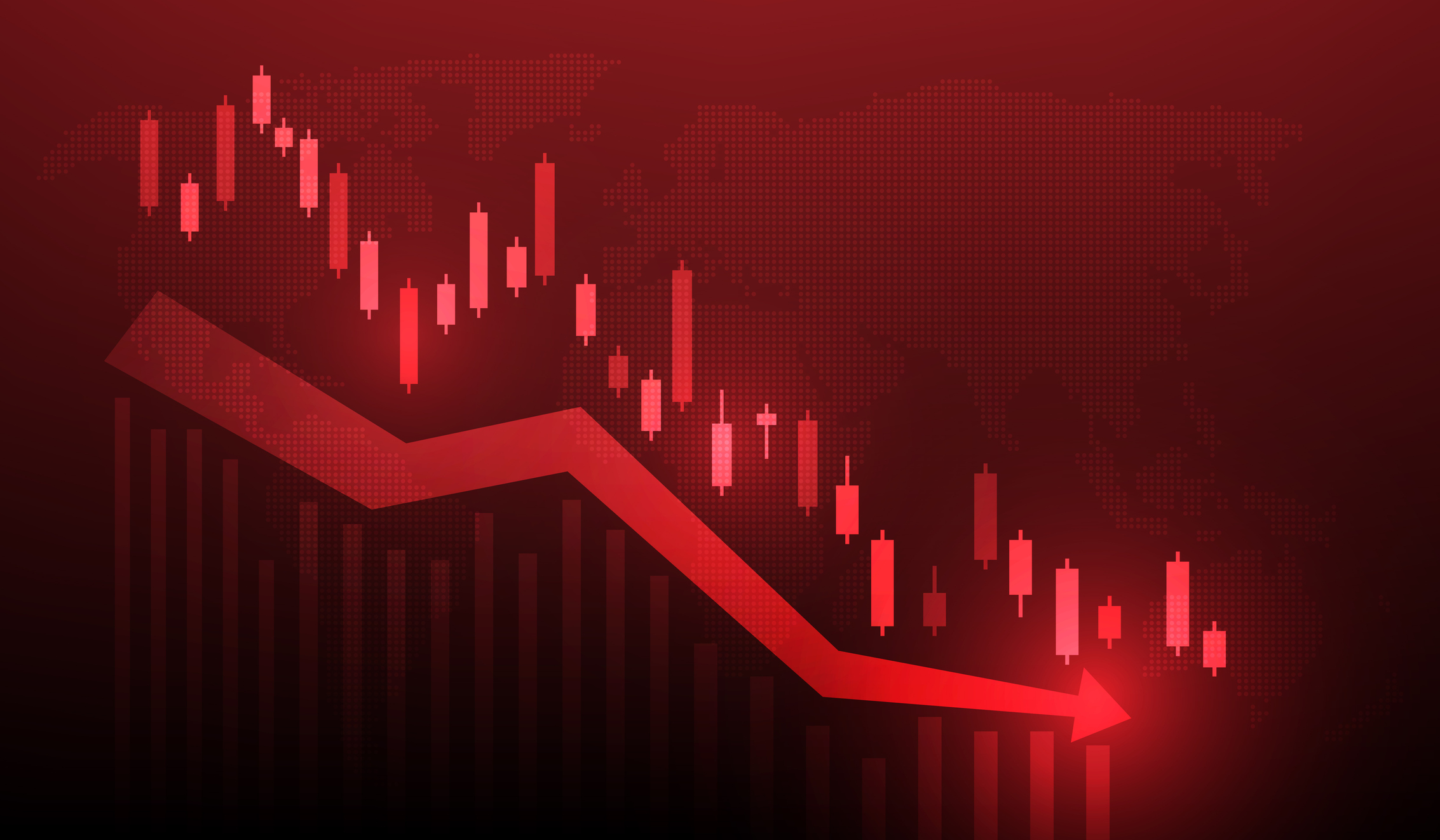Expensive Growth Stocks That Are Worth the Price
You risk passing up promising investments when you eliminate stocks because they seem pricey by many measures.

Even after the market’s late-summer correction, many technology stocks are trading at astronomical valuations. Based on estimated year-ahead profits, the price-earnings ratio of Standard & Poor’s 500-stock index is 16, which means that investors have to pay $16 to purchase $1 of the average firm’s estimated profits. By contrast, the P/E for Amazon.com (AMZN) is 150; for Netflix (NFLX), it’s 241; for Salesforce.com (CRM), it’s 82.
Does that mean you should shun such stocks, which seem obscenely overpriced? Emphatically not. Standard measures of valuing stocks simply do not apply to fast-growing companies, and you risk passing up promising investments when you eliminate stocks because they look to be statistically expensive.
Facebook (FB) offers a good example. The stock went public in May 2012 at $38 per share. In 2013, Facebook earned 60 cents a share. Divide $38 by 60 cents, and you get a forward P/E at the time of the initial offering of 63. You might have passed up the shares as too rich, but they now trade at $88 and sell for 37 times estimated year-ahead earnings. (Prices and related data are as of September 3; stocks in boldface are those I recommend.)
From just $107.88 $24.99 for Kiplinger Personal Finance
Be a smarter, better informed investor.

Sign up for Kiplinger’s Free Newsletters
Profit and prosper with the best of expert advice on investing, taxes, retirement, personal finance and more - straight to your e-mail.
Profit and prosper with the best of expert advice - straight to your e-mail.
Of course, I could have just as easily cherry-picked high P/E companies that have tumbled or even gone out of business. I chose Facebook not merely because it performed well but because there were ways you could have anticipated its rise—or at least understood that a high P/E was no reason to ignore the stock. There are three indicators of an excellent stock that trump standard value measures. Let’s take them in order of importance.
Powerfully rising revenues. Increasing sales—preferably at a double-digit percentage rate—are the most important sign of a company’s health. A firm can manipulate earnings in the short term by, for example, shifting costs into the future, but it’s difficult to distort sales. Again, look at Facebook. Revenues jumped 37% in 2012, then 55% the next year, 58% the next and, based on analyst estimates, they will rise another 38% in 2015, to $17.2 billion. No wonder the stock more than doubled.
Amazon is an even better example because its CEO, Jeff Bezos, doesn’t appear to care about profits. He’s spending a lot of money to build a giant company to dominate retailing and the cloud. What comforts investors is that Amazon’s revenues have more than tripled in the past five years—even though the company barely makes a profit. The stock price has quadrupled. Ditto Netflix. Its earnings are anemic, but its revenues have, like Amazon’s, roughly tripled in the past five years, while the stock has quintupled.
A great, innovative idea. I can ignore a high P/E if a company has a fabulous new idea for a business. That is certainly the case with Amazon, Facebook, Netflix and Zillow (Z), the online research hub for home buyers. Naturally, great ideas are in the eye of the beholder, and you are bound to make mistakes. My point is that a homebuilder or an oil company is never going to be worth a P/E of 50 or 100, no matter how well it is run. But a business that develops a miniature battery that can power a car for 200 miles certainly could be.
Fast-rising profits. Profits for fast growers are less important than revenues, but they still count. A rule of thumb is that, even if a company’s P/E is above average for the market, a stock is reasonably priced, or even undervalued, if the P/E is lower than the company’s expected earnings growth rate over the next three to five years. The P/E-to-growth-rate (or PEG) ratio measures this relationship. You’ll rarely find a PEG ratio below 1.0 for companies that are growing superfast, such as Facebook, because their P/Es are so high. But a PEG ratio below, say, 1.5 indicates that a stock may be a bargain. Facebook’s PEG is 1.5.
Beware, however, of the limitations of PEG ratios. Companies with turbocharged revenue growth, such as Amazon and Netflix, as well as Zillow and LinkedIn (LNKD), may have few or no profits today, so estimating what they will earn in three to five years is often a fool’s errand. PEG ratios are also of limited value for cyclical companies, whose fortunes wax and wane with the overall health of the economy.
In determining whether to invest in a high-priced, fast-growing company, I also look at the balance sheet. Young, high-tech companies need, like sharks, to keep moving constantly. If they aren’t investing to maintain rapid growth, competitors may eat them. Many companies with high P/Es have excellent balance sheets. Facebook has a mere $149 million in debt, with just $7 million in annual interest payments—-a pittance for a company that is expected to earn more than $3 billion this year. Facebook’s cash hoard is $14 billion. LinkedIn has $1.1 billion in debt and is expected to lose nearly $200 million this year, but it’s also sitting on $3 billion in cash.
Also remember that rapid growth does not last forever. Even the best companies transition to a more stately stage that demands lower prices. According to the Value Line Investment Survey, Google (GOOGL) generated annualized earnings growth of 47% over the past 10 years. But analysts on average expect growth of just 17.5% a year over the next few years. Any earnings growth rate over 10% is impressive, and Google’s forward P/E, at 21, seems fair, or even a bit low. (For more on Google, see Three Great Future Dividend Payers.)
Also, I feel more comfortable with high-valuation tech stocks than non-tech companies. Because the Internet is global and distribution is so inexpensive, a tech company can expand to billions of customers. Not so a hamburger chain such as Shake Shack (SHAK), which has a P/E of 178, or an automobile manufacturer—even an innovative one, such as Tesla Motors (TSLA), which sells for 356 times estimated earnings.
Vulnerable in downturns. Finally, remember that when the market turns down, stocks with high valuations get clobbered. For example, during the 2007–09 bear market, shares of Amazon plunged from $101 to $35, a drop of 65%. This year, when the S&P 500 dropped 11% between August 17 and August 25, many high P/E stocks lost more. Netflix, for instance, tumbled 23%, and Twitter (TWTR) surrendered 16%.
The best time to buy a fast-growing tech stock (or any stock, for that matter) is when the market hates it. That’s certainly the case with Twitter, which is so unloved that it’s my favorite high-growth company. Twitter has never made a profit (based on generally accepted accounting principles), but its revenues have risen from $317 million in 2012, the year before it went public, to a projected $2.2 billion in 2015 and $3.2 billion next year. Twitter’s balance sheet is not the best, but it does feature $3.6 billion in cash, compared with $1.6 billion in debt.
Also look at Twitter’s market value. At $19 billion, it’s about 8% the size of Facebook’s. And Twitter has a great idea (short messages disseminated immediately and globally); it just doesn’t have a great business. At least not yet. But profits are a lot easier to come by when your revenues are growing by 50% a year.
James K. Glassman, a visiting fellow at the American Enterprise Institute, is the author, most recently, of Safety Net: The Strategy for De-Risking Your Investments in a Time of Turbulence. He owns shares of Netflix.
Profit and prosper with the best of Kiplinger's advice on investing, taxes, retirement, personal finance and much more. Delivered daily. Enter your email in the box and click Sign Me Up.

-
 Stocks Retreat as Bubble Worries Ramp Up: Stock Market Today
Stocks Retreat as Bubble Worries Ramp Up: Stock Market TodayValuation concerns took hold on Wall Street today, sending Palantir and its fellow tech stocks lower.
-
 The Best Mid-Cap ETFs to Buy
The Best Mid-Cap ETFs to BuyThe best mid-cap ETFs to buy offer efficient and diversified exposure to a universe full of highly interesting companies.
-
 Amazon Surge Sends S&P 500, Nasdaq Higher to Start November: Stock Market Today
Amazon Surge Sends S&P 500, Nasdaq Higher to Start November: Stock Market TodayAmazon inked a $38 billion cloud deal with OpenAI, which sent the stock to the top of the Dow Jones on Monday.
-
 Stocks Close Out Strong Month With Solid Amazon Earnings: Stock Market Today
Stocks Close Out Strong Month With Solid Amazon Earnings: Stock Market TodayAmazon lifted its spending forecast as its artificial intelligence (AI) initiatives create "a massive opportunity."
-
 Stocks Hit Fresh Highs Ahead of the Fed As Earnings Pump Optimism: Stock Market Today
Stocks Hit Fresh Highs Ahead of the Fed As Earnings Pump Optimism: Stock Market TodaySHW and UNH were two of the best Dow Jones stocks Tuesday, thanks to solid earnings reports, and MSFT closed with a $4 trillion market cap.
-
 Dow Adds 472 Points After September CPI: Stock Market Today
Dow Adds 472 Points After September CPI: Stock Market TodayIBM and Advanced Micro Devices created tailwinds for the main indexes after scoring a major quantum-computing win.
-
 Dow Beats 334-Point Retreat on Tech Bite: Stock Market Today
Dow Beats 334-Point Retreat on Tech Bite: Stock Market TodayInvestors, traders and speculators wonder whether this remains a Magnificent 7 market and how long this AI-driven bull run will last.
-
 Dow Adds 516 Points on Broad Optimism: Stock Market Today
Dow Adds 516 Points on Broad Optimism: Stock Market TodayEasing trade war tensions and promise from early earnings reports has investors looking on the bright side to start the week.
-
 Rally Fades on Mixed AI Revolution News: Stock Market Today
Rally Fades on Mixed AI Revolution News: Stock Market TodayAll three main U.S. equity indexes opened higher but closed lower as a seven-session winning streak for the S&P 500 came to an end.
-
 Stocks Fall Again as Big Tech Struggles: Stock Market Today
Stocks Fall Again as Big Tech Struggles: Stock Market TodayThe economic calendar was a bright spot for Wall Street Wednesday, with new home sales climbing to a three-year high.